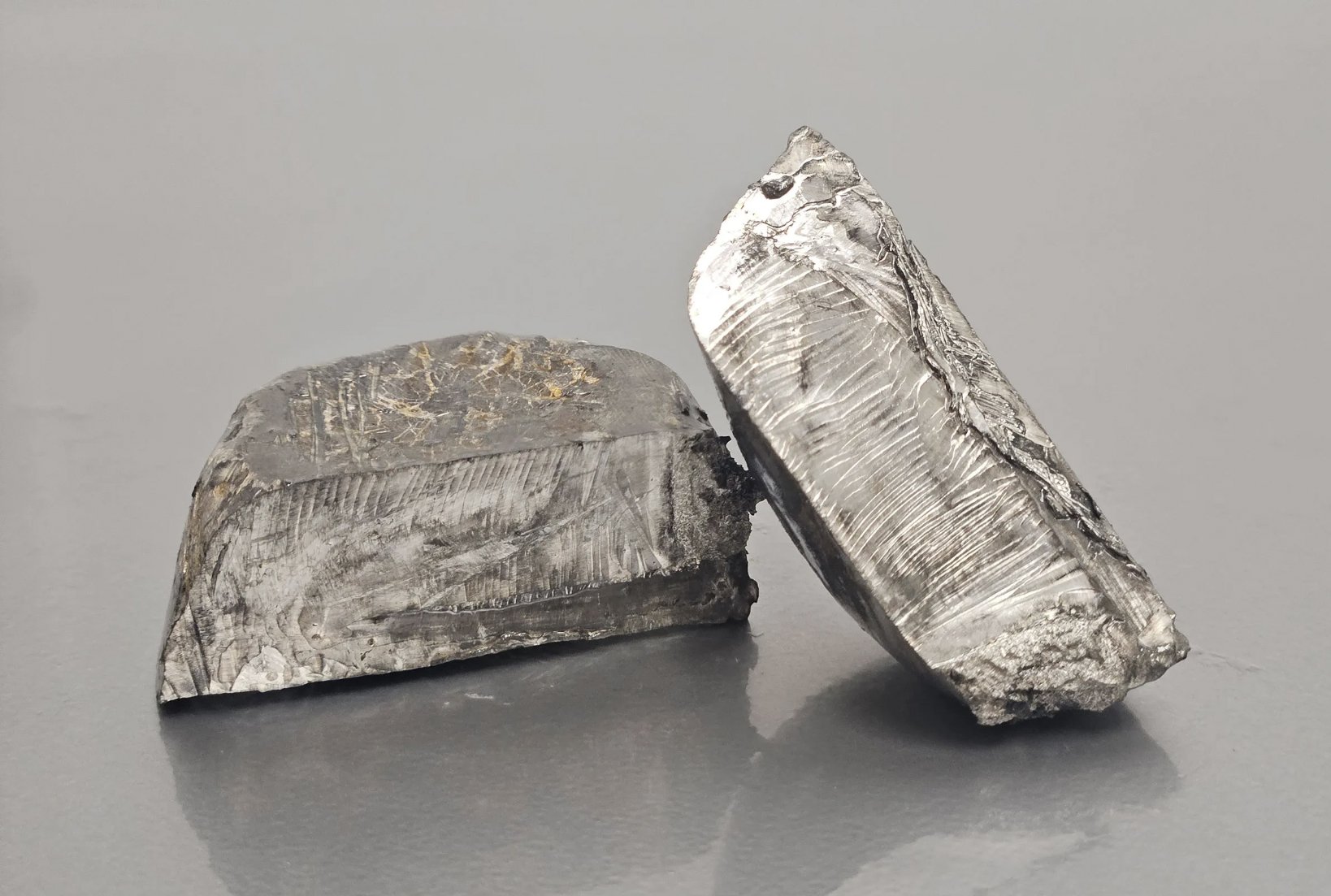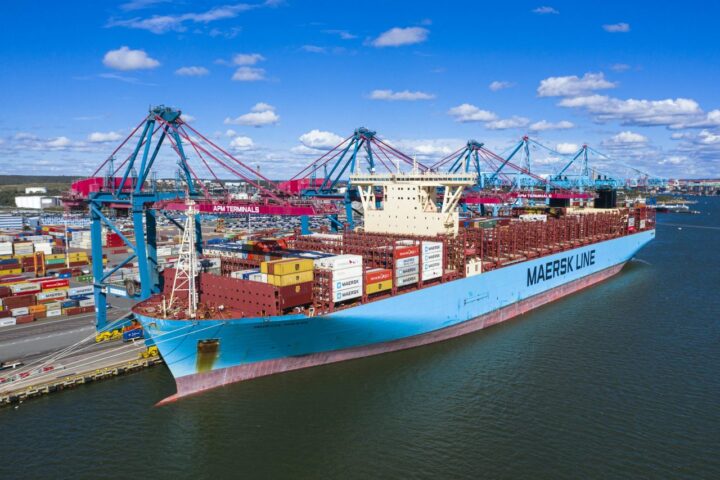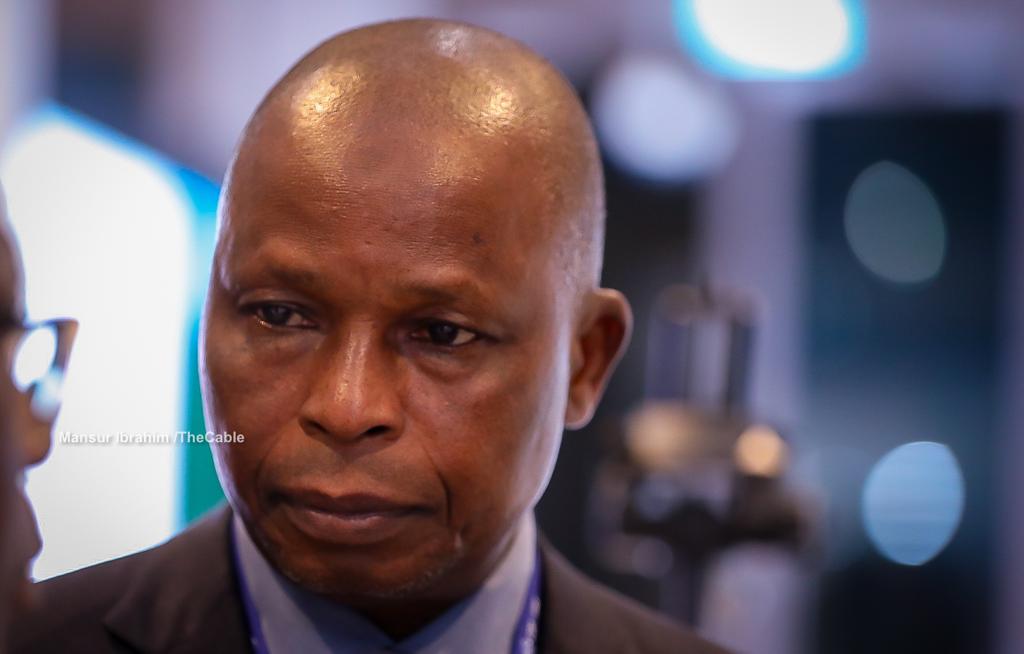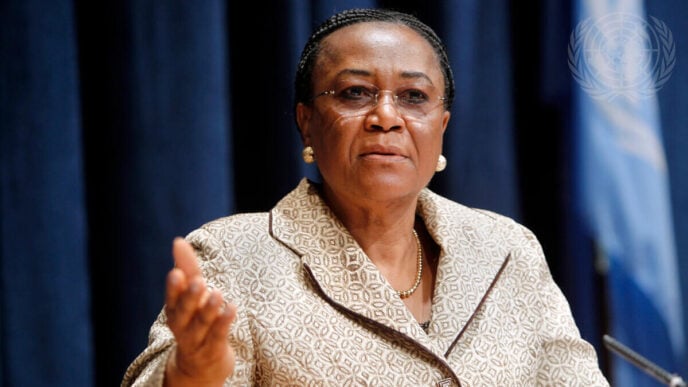BY SHOLA ADEBOWALE
In the pre-dawn hours of January 2022, a geological survey team deep in Nigeria’s Nasarawa state made a discovery that would set in motion a sequence of events with implications far beyond their comprehension. Beneath the rust-colored earth of the Nigerian middle belt lay something extraordinary: lithium deposits estimated at over 1 million metric tons, part of a broader reserve that could position Nigeria among the world’s top ten lithium producers. The global battery revolution had found a new frontier, and with it came a question that would define Nigeria’s economic trajectory for decades: would this be the nation’s salvation or its next resource curse?
The stakes could not be higher. Nigeria, Africa’s most populous nation and largest economy, stands at an inflection point. Decades of oil dependency have left the country vulnerable to price shocks, plagued by corruption, and paradoxically impoverished despite sitting atop vast natural wealth. Now, as the world races toward electrification and the lithium-ion battery market surges toward a projected valuation of $400 billion by 2030, Nigeria finds itself with a second chance- or perhaps, a second trap.
To grasp the magnitude of Nigeria’s opportunity and risk, one must first understand lithium’s transformation from an obscure industrial metal to what analysts now call “the new oil.” Global lithium demand is projected to increase sevenfold by 2030, driven primarily by electric vehicle production and renewable energy storage systems. The European Union has designated lithium a critical raw material. China has spent the past decade systematically securing lithium supply chains across three continents. The United States, through its Inflation Reduction Act, has committed hundreds of billions to domestic battery production, but remains dependent on foreign lithium sources.
Advertisement
Nigeria’s estimated reserves of 1 million metric tons place it strategically within this competition, though far behind lithium giants like Australia (6.2 million tons), Chile (9.3 million tons), and China (2 million tons). Yet geology alone does not determine strategic advantage. What matters equally is infrastructure, governance, processing capacity, and the ability to capture value beyond raw material extraction. On these metrics, Nigeria’s track record offers more caution than confidence.
The Nigerian government has estimated the lithium sector’s potential value at $34 billion- a figure that requires careful examination. This valuation appears to assume favourable market prices, successful development of identified deposits, and Nigeria’s ability to move beyond raw ore exports toward processed lithium products. Each assumption carries substantial risk.
Current lithium prices, while elevated compared to historical norms, remain volatile. Lithium carbonate prices peaked above $80,000 per ton in late 2022 before falling below $13,000 by late 2023, an 84 percent decline driven by Chinese oversupply and slowing EV sales growth. The market has since stabilised, but this volatility exposes the fundamental challenge: Nigeria would be entering a market characterised by boom-bust cycles, oligopolistic control, and rapid technological change that could potentially obsolete current battery chemistries.
Advertisement
Moreover, the $34 billion figure conflates potential resource value with actual economic capture. Nigeria’s experience with petroleum is instructive here. The country has produced over 40 billion barrels of oil since 1958, generating revenues exceeding $600 billion. Yet 40 percent of Nigerians live below the poverty line, infrastructure remains inadequate, and oil theft costs the nation an estimated $1 billion monthly. The gap between resource wealth on paper and broadly shared prosperity in practice defines Nigeria’s development challenge. Lithium could follow the same trajectory.
Nigeria’s institutional framework for managing the lithium sector reveals both promising reforms and troubling continuities. In 2023, the government established the Nigerian Critical Minerals Development Agency, signalling recognition that lithium requires governance structures distinct from traditional mining oversight. The agency’s mandate includes coordinating exploration, regulating extraction, promoting local processing, and ensuring environmental compliance.
Yet this institutional innovation exists within a broader governance ecosystem notorious for corruption, regulatory capture, and weak enforcement. Transparency International ranks Nigeria 145th out of 180 countries in its Corruption Perceptions Index. The Nigerian Extractive Industries Transparency Initiative’s 2022 report documented $1.5 billion in unpaid petroleum revenues. If similar leakage occurs in the lithium sector, the difference between projected and realised value could be measured in tens of billions of dollars.
The licensing process for lithium exploration offers an early test. As of mid-2024, the Ministry of Mines and Steel Development had issued over 200 licenses for lithium exploration across six states. This rapid licensing raises critical questions: Were licenses awarded through competitive, transparent processes? Do license holders possess the technical and financial capacity for responsible development? Are environmental safeguards adequately enforced? The answers remain unclear, obscured by limited public disclosure and weak investigative journalism capacity.
Advertisement
Perhaps no factor matters more to Nigeria’s lithium future than its ability to develop domestic processing capacity. Raw lithium ore, called spodumene, trades at approximately $1,000 to $1,500 per ton. Lithium carbonate, the processed chemical used in battery production, commands $15,000 to $25,000 per ton. Lithium hydroxide, preferred for certain battery chemistries, reaches $20,000 to $30,000 per ton. The value addition from processing exceeds 1,500 percent- value that currently accrues almost entirely to China, which controls 70 percent of global lithium processing capacity.
Nigeria has announced ambitions to build domestic processing facilities. In 2023, the government signed a memorandum of understanding with a Chinese consortium to establish a lithium processing plant in Nasarawa State with a projected capacity of 50,000 tons annually. If realised, this facility could transform Nigeria’s position in the value chain. However, such projects face formidable obstacles: they require a sustained electricity supply in a country where power generation averages barely 4,000 megawatts for 200 million people; technical expertise in chemical engineering and metallurgy; environmental management systems for hazardous materials; and patient capital willing to accept years-long payback periods.
Moreover, Chinese investment in processing capacity, while addressing technical gaps, introduces strategic vulnerabilities. China’s dominance in lithium processing stems from decades of industrial policy, environmental regulation arbitrage, and vertical integration from mines to battery factories. Nigerian facilities financed and operated by Chinese entities may technically occur on Nigerian soil but could remain functionally integrated into Chinese supply chains, with limited technology transfer, employment generation, or strategic autonomy for Nigeria. The country risks becoming a processing location rather than gaining processing capability, a subtle but consequential distinction.
Lithium extraction and processing generate environmental impacts that rarely feature in valuation estimates but determine long-term sustainability. Hard-rock lithium mining, the type applicable to Nigeria’s deposits, requires significant water consumption, produces dust and particulate matter, and generates chemical residues from ore processing. In water-stressed regions, lithium operations can deplete local water tables, threatening agricultural communities. In Nasarawa and Ekiti states, where lithium deposits coincide with farming communities, inadequate environmental management could trigger resource conflicts between mining interests and agricultural livelihoods.
Advertisement
Nigeria’s environmental regulatory capacity provides limited assurance. The National Environmental Standards and Regulations Enforcement Agency operates with insufficient funding, limited technical expertise in mining impacts, and vulnerability to political interference. Environmental impact assessments, theoretically required for all mining projects, are often perfunctory, and post-approval monitoring remains sporadic. Without substantial institutional strengthening, Nigeria’s lithium sector could replicate the environmental degradation that has characterised oil production in the Niger Delta, contaminated water sources, destroyed ecosystems, and communities bearing costs while deriving minimal benefits.
The social dimension extends beyond environmental impact to questions of land rights, community consent, and benefit distribution. Nigeria’s Land Use Act vests land ownership in the state, enabling government allocation to mining interests without meaningful community consultation. In practice, this has frequently resulted in land acquisitions that displace communities with inadequate compensation, spark violent conflicts, and create lasting grievances. If lithium development follows this pattern, the $34 billion gamble could purchase not prosperity but instability.
Advertisement
Even assuming favorable geology, effective governance, and environmental sustainability, Nigeria’s lithium ambitions confront a fundamental constraint: infrastructure. Successful lithium production requires reliable electricity, transportation networks capable of moving heavy equipment and materials, access to ports for export, and telecommunications for operational management. Nigeria’s deficits in each area are well-documented.
The country’s power sector generates approximately 4,000 to 5,000 megawatts, roughly the capacity of a single large power plant in developed economies and insufficient for a population exceeding 200 million. Most mining operations rely on diesel generators, significantly increasing operational costs and carbon footprints. Processing facilities, which require continuous power for chemical reactions, face even steeper challenges. Without dramatic power sector reform, a goal that has eluded successive governments for three decades, Nigeria’s ability to support large-scale lithium processing remains questionable.
Advertisement
Transportation infrastructure presents similar obstacles. Nigeria’s rail network, once extensive, has degraded through decades of underinvestment. Roads, while more developed, deteriorate rapidly under heavy truck traffic and receive irregular maintenance. The journey from lithium deposits in Nasarawa state to Lagos ports, approximately 350 kilometres, can require twelve hours or more, compared to four hours in countries with functional road infrastructure. These logistical inefficiencies add costs, increase equipment degradation, and reduce competitiveness in global markets where Australian, Chilean, and Chinese producers operate with first-world infrastructure.
Nigeria’s lithium emergence occurs within an intensifying great power competition for critical minerals. China’s head start in lithium processing has created dependencies that Western nations now urgently seek to reduce. The European Union’s Critical Raw Materials Act aims to process 40 percent of its critical minerals domestically by 2030, down from nearly complete import dependence today.
Advertisement
The United States, through the Inflation Reduction Act provisions, restricts EV tax credits to vehicles with battery components sourced from countries with which America maintains free trade agreements or critical mineral agreements.
For Nigeria, this competition creates both opportunity and peril. Western nations seeking to diversify supply chains beyond China represent potential partners offering investment, technology transfer, and market access. In 2024, the United States Trade Representative initiated discussions with Nigeria on a critical minerals partnership, which could provide preferential access to American markets. European battery manufacturers have expressed interest in Nigerian lithium as part of supply chain diversification strategies.
However, leveraging this competition requires strategic sophistication that Nigeria has rarely demonstrated in international economic negotiations. China offers immediate infrastructure financing and integrated supply chain access, but on terms that may limit Nigeria’s long-term autonomy and value capture. Western partnerships promise better governance standards and technology transfer, but demand compliance with labour, environmental, and human rights standards that Nigeria may struggle to meet. Navigating these competing frameworks while maximising Nigerian interests demands strategic clarity and institutional capacity, qualities in notably short supply.
Even if Nigeria successfully develops its lithium sector, converts that development into government revenue, and manages those revenues transparently, a final question remains: will lithium revenues meaningfully transform the national economy? The scale of Nigeria’s development needs provides a sobering context.
Nigeria requires an estimated $3 trillion in infrastructure investment over the next thirty years to achieve middle-income status, according to African Development Bank estimates. Annual federal government revenue typically ranges between $25 billion and $40 billion, severely constraining public investment. Against these figures, even optimally managed lithium revenues of $34 billion distributed over two decades, roughly $1.7 billion annually, represent helpful but not transformational sums.
For comparison, Nigeria receives approximately $2 billion annually in remittances from citizens living abroad, yet this has not prevented deepening poverty rates.
This arithmetic suggests that lithium, while potentially valuable, cannot serve as a singular solution to Nigeria’s development challenges. The sector could, however, play a catalytic role if revenues are strategically deployed toward institutional strengthening, human capital development, and infrastructure that enables broader economic diversification. Whether Nigeria’s political economy permits such strategic deployment remains the fundamental question.
Nigeria’s lithium trajectory is not predetermined. Multiple pathways exist, shaped by policy choices, institutional development, and external factors beyond Nigerian control. Three scenarios capture the range of possibilities:
Scenario One: White Gold-Managed Success. In this optimistic pathway, Nigeria treats lithium development as an opportunity to break from historical patterns. The government establishes robust regulatory frameworks with genuine enforcement, attracts strategic investors through transparent competitive processes, develops domestic processing capacity through carefully structured joint ventures that ensure technology transfer, and directs revenues toward infrastructure and education. Environmental and social safeguards protect communities, and benefit-sharing mechanisms create local constituencies for sustainable development. Lithium becomes not a replacement for oil but a catalyst for economic diversification, demonstrating that Nigeria can responsibly manage natural resource wealth. By 2035, Nigeria processes 30 percent of its lithium output domestically, generates $2 billion in annual revenues, creates 50,000 direct jobs, and establishes itself as a reliable partner in global battery supply chains.
Scenario Two: White Curse- Resource Curse 2.0. In this pessimistic but plausible scenario, Nigeria replicates its petroleum sector failures in lithium. Licenses are awarded through patronage networks rather than competitive processes. Chinese and Western companies extract ore with minimal processing, environmental regulations go unenforced, and communities bear costs without receiving benefits. Revenues, while substantial, leak through corruption or are consumed by recurrent government expenditure rather than strategic investment. By 2035, Nigeria exports raw lithium ore, captures minimal value, faces environmental degradation in mining areas, and has exhausted easily accessible deposits without building institutional capacity or infrastructure. Lithium joins oil as another missed opportunity, another resource that enriched a narrow elite while leaving the broader population in poverty.
Scenario Three: Peripheral Position-Marginalisation. In this third scenario, Nigeria’s lithium sector neither dramatically succeeds nor catastrophically fails; instead, it remains marginal to both the global lithium market and the Nigerian economy. Infrastructure bottlenecks, inconsistent regulatory frameworks, and competition from more reliable producers limit investment and production. Nigeria supplies niche markets but never achieves scale. Processing ambitions founder on power constraints and financing difficulties. By 2035, lithium will contribute modestly to export earnings but will represent a fraction of a percentage point of GDP, neither solving Nigeria’s development challenges nor generating the crises associated with severe mismanagement. The $34 billion gamble delivers single-digit billions over decades- real money, but insufficient to transform.
Whether Nigeria’s lithium reserves represent white gold or white curse cannot yet be determined. The country stands at the beginning of what will be a multi-decade journey, and the destination depends on choices not yet made, institutions not yet built, and governance improvements not yet achieved.
What can be stated with confidence is that geology alone determines nothing. Nigeria’s lithium is neither inherently beneficial nor inherently harmful; it is simply a resource whose impact depends entirely on the quality of institutions, policies, and leadership that manage its development. Every precedent from Nigeria’s own history and from resource-rich developing countries globally suggests that, absent dramatic governance improvements, the pessimistic scenario is more probable than the optimistic one.
Yet precedent is not destiny. Nigeria has surprised before, in its resilient entrepreneurial culture, its dynamic technology sector, its influential diaspora, and its periodic demonstrations of institutional capability. The question is whether these strengths can be mobilised and sustained in the lithium sector before the window of opportunity closes.
The $34 billion gamble is underway. The returns remain uncertain. What is certain is that the choice between white gold and white curse lies not in Nigeria’s geology but in its governance. The verdict awaits.
Shola Adebowale can be contacted via [email protected]
Views expressed by contributors are strictly personal and not of TheCable.











